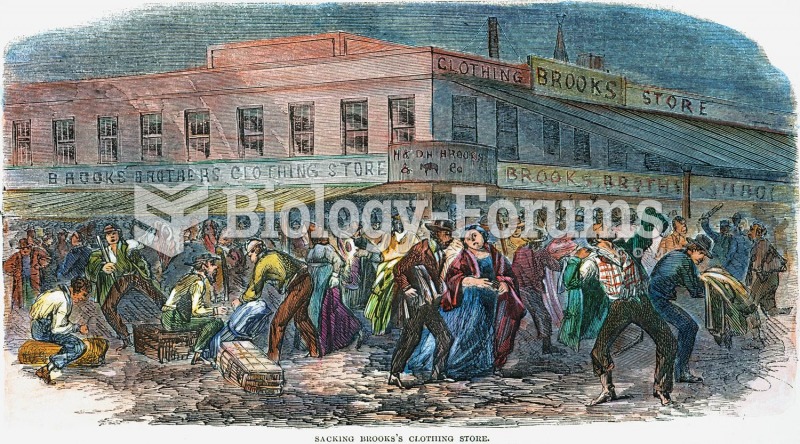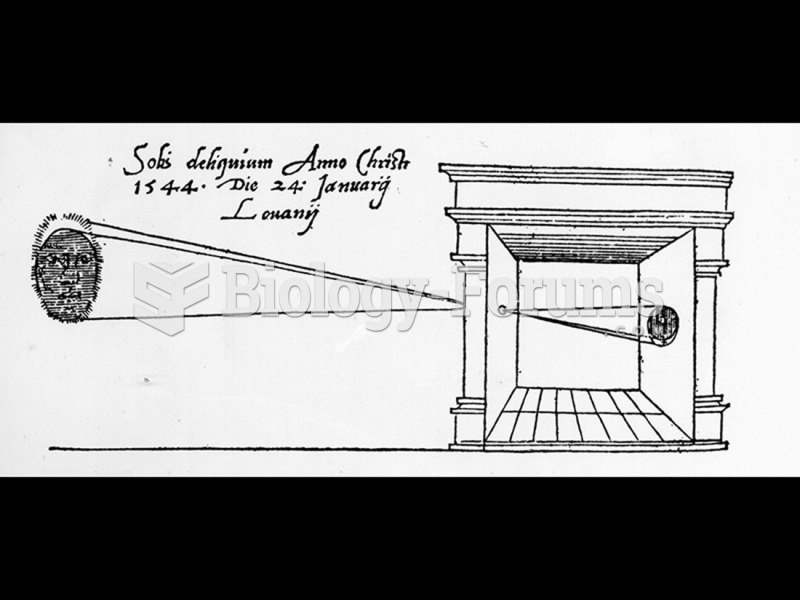Question 1
Governor Edwin Sandys made reforms in Virginia that included __________.
A) the abolition of slavery
B) granting women who owned property voting rights
C) returning large amounts of land to the Indians
D) the House of Burgesses and the headright system
Question 2
Who are the group of people on the right of this image and what type of emotion do they seem to be expressing as federal troops sent by President Cleveland escort the first meat train out of the Chicago stockyards at the end of the Pullman strike
? A) They are passengers who are angry that their train has been delayed due to the strike.
B) They are meat-packing and railroad entrepreneurs showing their gratitude to the troops.
C) They are strikers demonstrating blame and hostility toward the troops for breaking the strike.
D) They are strikebreakers thanking the troops and railroad executives for their new jobs.
Question 3
Manifest Destiny was the doctrine that __________.
A) God intended the United States to extend westward to the Pacific
B) Indians who refused to assimilate should be exterminated
C) the United States was and should be a Christian nation
D) the United States should become the most powerful nation in the Americas
Question 4
Based on this map, what generalization can be made about the Korean War during the first year of this conflict?
A) The advantage on the battlefield swung back and forth and later resulted in a stalemate.
B) The war was mostly fought in the surrounding bodies of water off the Korean peninsula.
C) Communist control was established on the entire Korean peninsula.
D) UN forces under Douglas MacArthur launched an invasion of China.
Question 5
Artist Abraham Teniers depicted monkeys as tobacco users in this painting in order to show that tobacco __________.
A) offered numerous medicinal uses
B) harvests depended on animal labor
C) promoted bad habits that could be imitated by others
D) cost too much money to plant and yielded little profit
Question 6
This cartoon published in the Utica, New York, Globe the week after the Homestead strike broke out at Andrew Carnegie's steel mills in the summer of 1892 depicted Carnegie as a(n) __________.
A) hypocrite who cut his workers' wages in order to fund philanthropic projects
B) entrepreneur who was willing to negotiate with union leaders for better workers' rights
C) follower of The Gospel of Wealth who stated the rich should do good deeds with their
money
D) proponent of new technology that included labor-saving machinery






